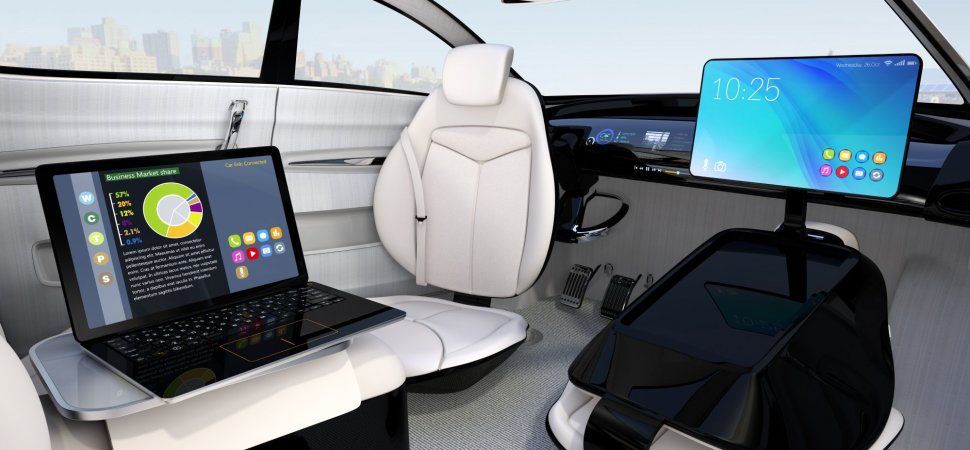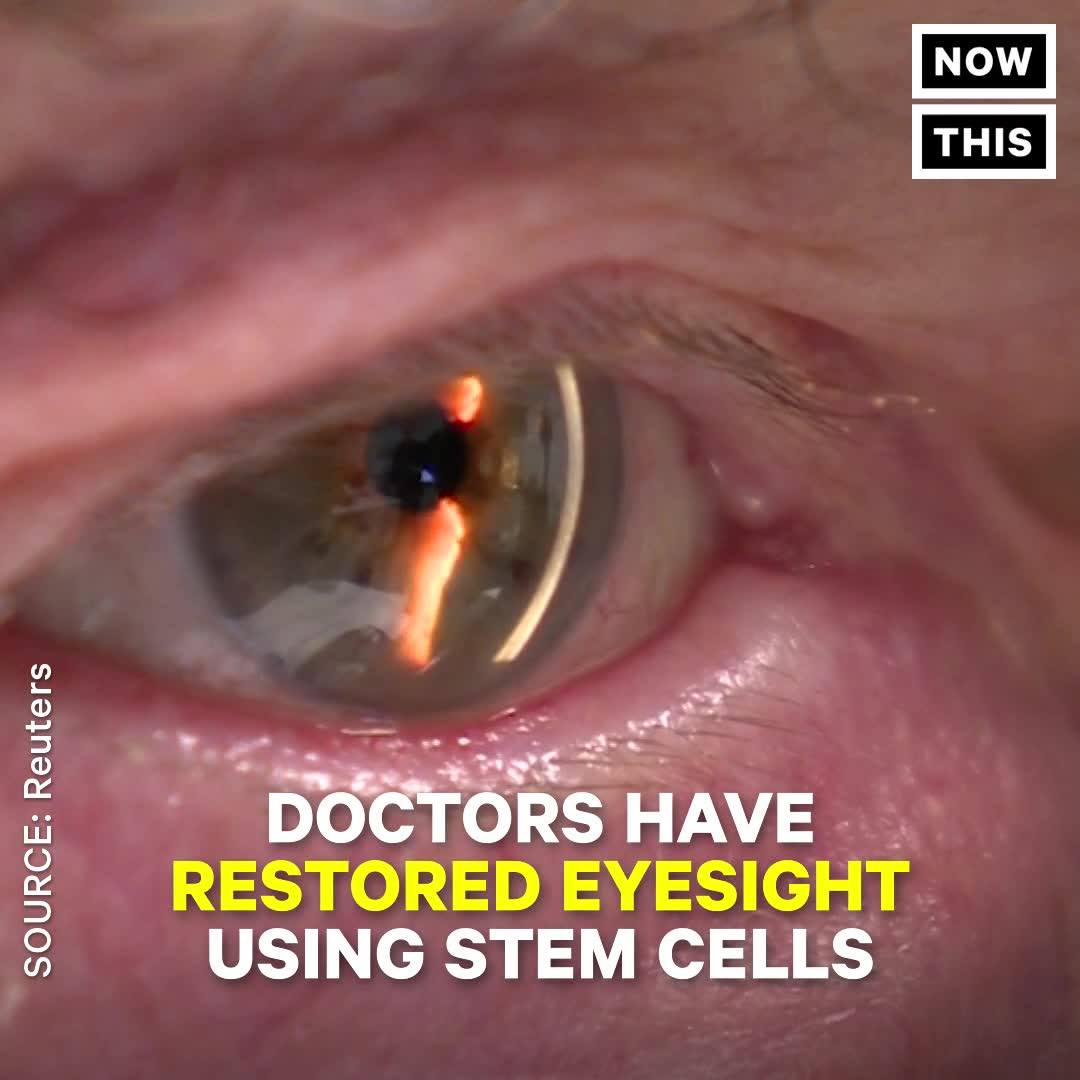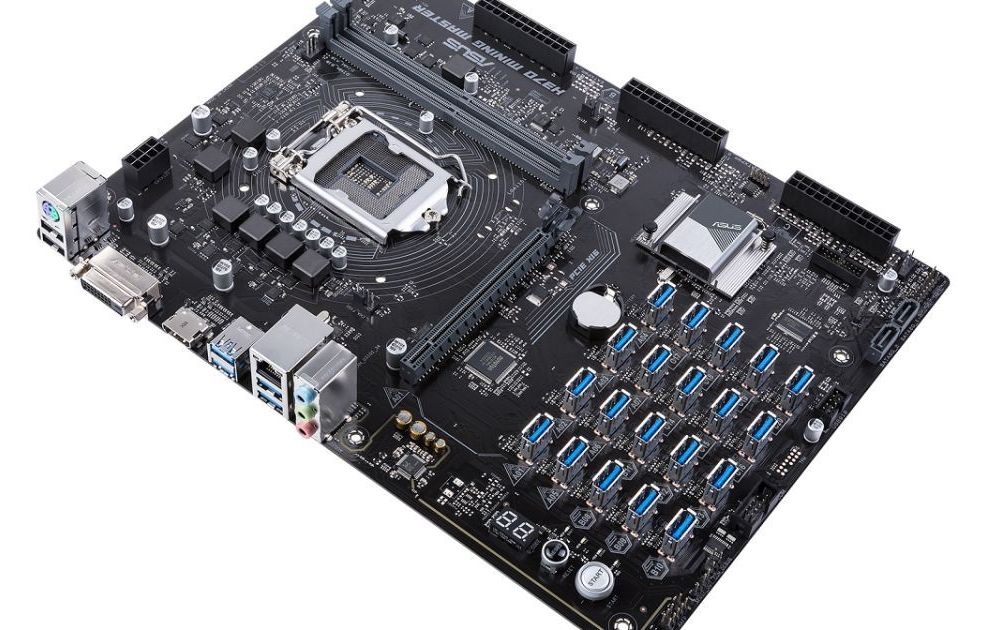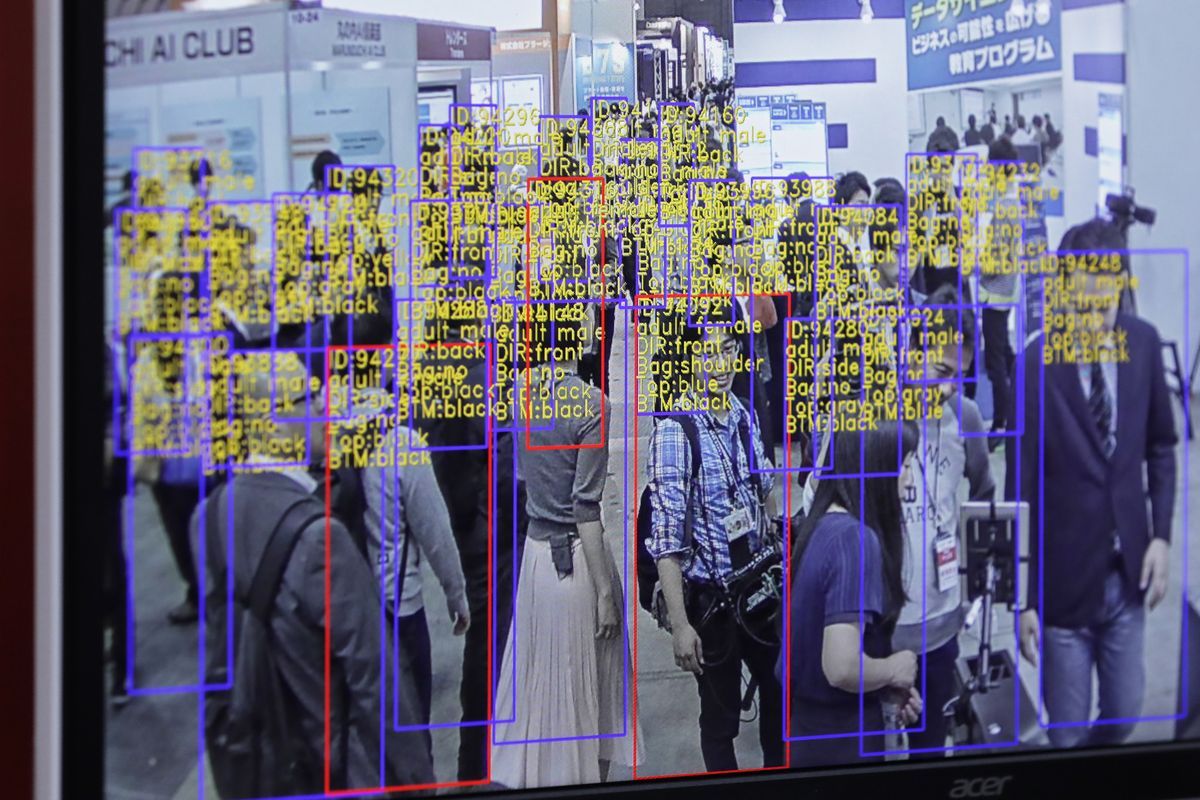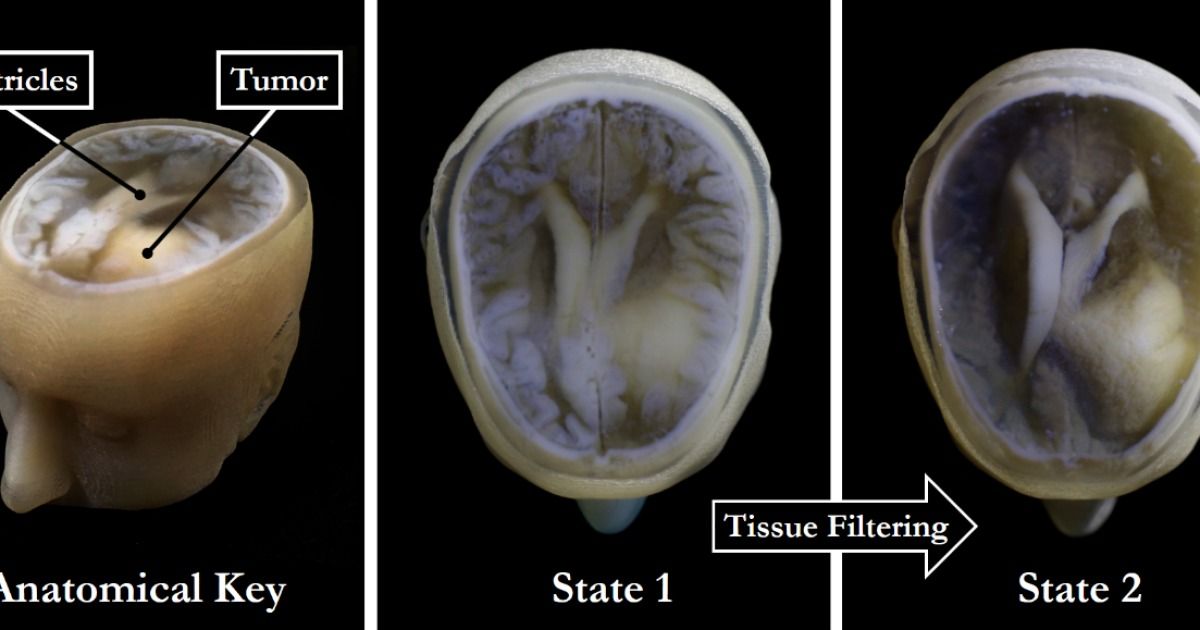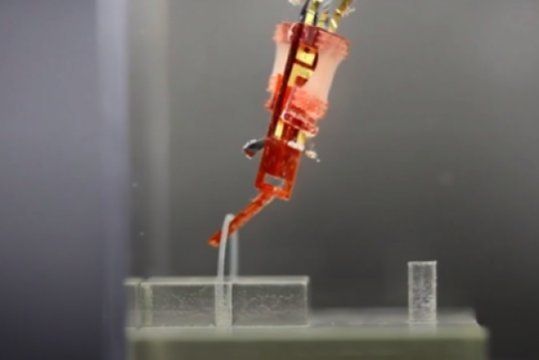Page 9695
Jun 1, 2018
Satya Nadella touts Microsoft’s research on brain implants
Posted by Klaus Baldauf in category: neuroscience
Microsoft’s CEO said the company could potentially use technology to help people with locked-in syndrome.
May 31, 2018
Doctors Are Using Stem Cells To Cure Visual Impairment
Posted by Shane Hinshaw in categories: biotech/medical, futurism
May 31, 2018
TIME’s Latest Cover Photo is a Drone Photo of 958 Drones
Posted by Genevieve Klien in categories: drones, entertainment

TIME magazine’s latest issue is a special report on the rapid explosion of drones in our culture. For the cover photo, TIME recreated its iconic logo and red border using 958 illuminated drones hovering in the sky. It’s the first-ever TIME cover captured with a camera drone.
To create the photo, TIME partnered with Intel’s Drone Light Show team (which creates beautiful sky displays using hundreds of drones at a time) and Astraeus Aerial Cinema Systems to fly and capture (respectively) the 958 drones above Folsom, California (where Intel has a campus).
Continue reading “TIME’s Latest Cover Photo is a Drone Photo of 958 Drones” »
May 31, 2018
ASUS’ latest crypto-mining motherboard can handle 20 GPUs
Posted by Genevieve Klien in categories: computing, cryptocurrencies
ASUS is moving further into the cryptocurrency hardware market with a motherboard that can support up to 20 graphics cards, which are typically used for mining. The H370 Mining Master uses PCIe-over-USB ports for what ASUS says is sturdier, simpler connectivity than other mining-focused motherboards.
You can manage each port and graphics card with on-board diagnostics. One feature scans your system when you boot up to determine the status of each port, while there are onboard LEDs that signify a problem with components such as memory or the processor (there’s space for an Intel 8th-gen Core CPU). ASUS has added some other features to optimize mining as well.
The H370 Mining Master follows last year’s B250 Mining Expert, which had room for 19 CPUs via PCIe ports. ASUS says that board had far more sales than it expected, which prompted the company to keep traveling down the crypto road and evolve its mining-tailored motherboards. The latest board will ship later this year, though ASUS has yet to announce pricing. You might need to fork over several Ethereum coins to buy enough graphics cards for all those spaces, though.
Continue reading “ASUS’ latest crypto-mining motherboard can handle 20 GPUs” »
May 31, 2018
This Is Why Physicists Think String Theory Might Be Our ‘Theory Of Everything’
Posted by Genevieve Klien in category: quantum physics
In 2015, Ed Witten, the greatest living string theorist, wrote a piece on why. Here’s the version for everyone.
May 31, 2018
World’s Biggest AI Startup Raises $1.2 Billion in Mere Months
Posted by Genevieve Klien in category: robotics/AI
SenseTime Group Ltd. has raised $620 million at a valuation of more than $4.5 billion just months after scoring a similar amount from investors led by Alibaba Group Holding Ltd. and Singapore’s state investment firm.
May 31, 2018
You’ll soon be able to get a 3D printed model of your brain
Posted by Marcos Than Esponda in categories: 3D printing, biotech/medical, computing, habitats, neuroscience
https://www.engadget.com/…/3D-printed-brain-medical-imagin…/
There are almost limitless possibilities when it comes to 3D printing. Design your own color-changing jewelry? Fine. Fabricate your own drugs? No problem. Print an entire house in under 24 hours? Sure! Now, researchers have come up with a fast and easy way to print palm-sized models of individual human brains, presumably in a bid to advance scientific endeavours, but also because, well, that’s pretty neat.
In theory, creating a 3D printout of a human brain has been done before, using data from MRI and CT scans. But as MIT graduate Steven Keating found when he wanted to examine his own brain following his surgery to remove a baseball-sized tumour, it’s a slow, cumbersome process that doesn’t reveal any important areas of interest.
Continue reading “You’ll soon be able to get a 3D printed model of your brain” »
May 31, 2018
When I am Eighty-Five
Posted by Alexander Rodionov in categories: biotech/medical, business, life extension
I will be 85 somewhere in the mid 2050s. It seems like a mirage, an impossible thing, but the future eventually arrives regardless of whatever you or I might think about it. We all have a vision of what it is to be 85 today, informed by our interactions with elder family members, if nothing else. People at that age are greatly impacted by aging. They falter, their minds are often slowed. They are physically weak, in need of aid. Perhaps that is why we find it hard to put ourselves into that position; it isn’t a pleasant topic to think about. Four decades out into the future may as well be a science fiction novel, a far away land, a tale told to children, for all the influence it has on our present considerations. There is no weight to it.
When I am 85, there will have been next to no senescent cells in my body for going on thirty years. I bear only a small fraction of the inflammatory burden of older people of past generations. I paid for the products of companies descended from Oisin Biotechnologies and Unity Biotechnology, every few years wiping away the accumulation of senescent cells, each new approach more effective than the last. Eventually, I took one of the permanent gene therapy options, made possible by biochemical discrimination between short-term beneficial senescence and long-term harmful senescence, and then there was little need for ongoing treatments. Artificial DNA machinery floats in every cell, a backup for the normal mechanisms of apoptosis, triggered by lingering senescence.
When I am 85, the senolytic DNA machinery will be far from the only addition to my cells. I underwent a half dozen gene therapies over the years. I picked the most useful of the many more that were available, starting once the price fell into the affordable-but-painful range, after the initial frenzy of high-cost treatments subsided into business as usual. My cholesterol transport system is enhanced to attack atherosclerotic lesions, my muscle maintenance and neurogenesis operate at levels far above what was once a normal range for my age, and my mitochondria are both enhanced in operation and well-protected against damage by additional copies of mitochondrial genes backed up elsewhere in the cell. Some of these additions were rendered moot by later advances in medicine, but they get the job done.
May 31, 2018
Cometh the cyborg: Improved integration of living muscles into robots
Posted by Jacob Anderson in categories: cyborgs, robotics/AI
The new field of biohybrid robotics involves the use of living tissue within robots, rather than just metal and plastic.
Researchers have developed a novel method of growing whole muscles from hydrogel sheets impregnated with myoblasts. They then incorporated these muscles as antagonistic pairs into a biohybrid robot, which successfully performed manipulations of objects. This approach overcame earlier limitations of a short functional life of the muscles and their ability to exert only a weak force, paving the way for more advanced biohybrid robots.
